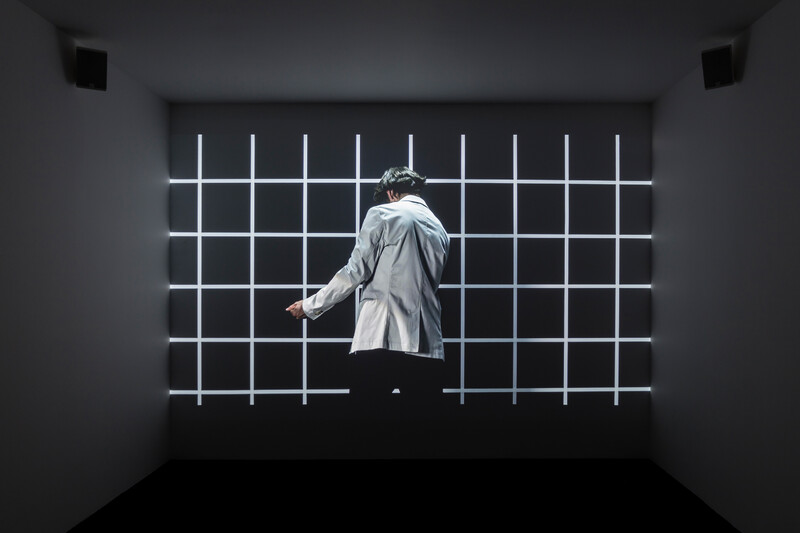
The history of movement analysis starts at the end of the 19th century when Étienne-Jules Marey studied the human gait with his chronophotographic apparatus. He used this technique to capture several sequential frames of an individual walking in order to capture the movements of discrete body parts. From these first experiments to the US National Geospatial-Intelligence Agency’s development of “activity-based intelligence”, Julien Prévieux will trace the genealogy of the quantification and visualization of bodily movement. He will explore various ways of making sense of movement analysis, highlighting their political, economic or military implications. The second section of the talk asks how we can use these techniques to set up different kinds of workshops, addressing the consequences of these schematic bodies and their potential to generate new forms (dance, drawings, sculptures). The goal is to radically reconfigure their purposes to focus on their visual aspects, revealing their creative and ludic qualities.
Patterns of Life
Kaneff Centre, Rm L1220
- Presenter
- Julien Prévieux

The Blackwood
University of Toronto Mississauga
3359 Mississauga Road
Mississauga, ON L5L 1C6
[email protected]
(905) 828-3789
The galleries are open. Hours of operation: Monday–Saturday, 12–5pm.
Holiday hours: regular gallery hours are in effect until and including Saturday, December 6. The galleries will then be closed for the holidays, except for regular hours on Saturday, December 13. In 2026, the galleries reopen Monday, January 5.
Facebook | Twitter | Instagram
Sign up to receive our newsletter.
The Blackwood is situated on the Territory of the Mississaugas of the Credit, Seneca, and Huron-Wendat.